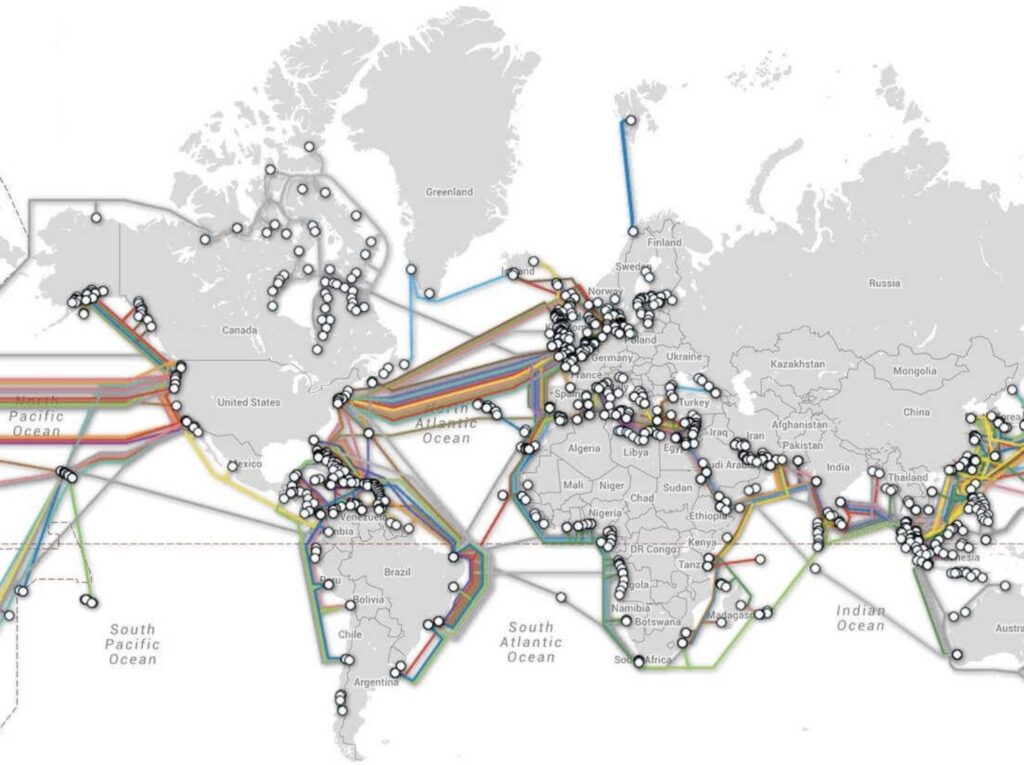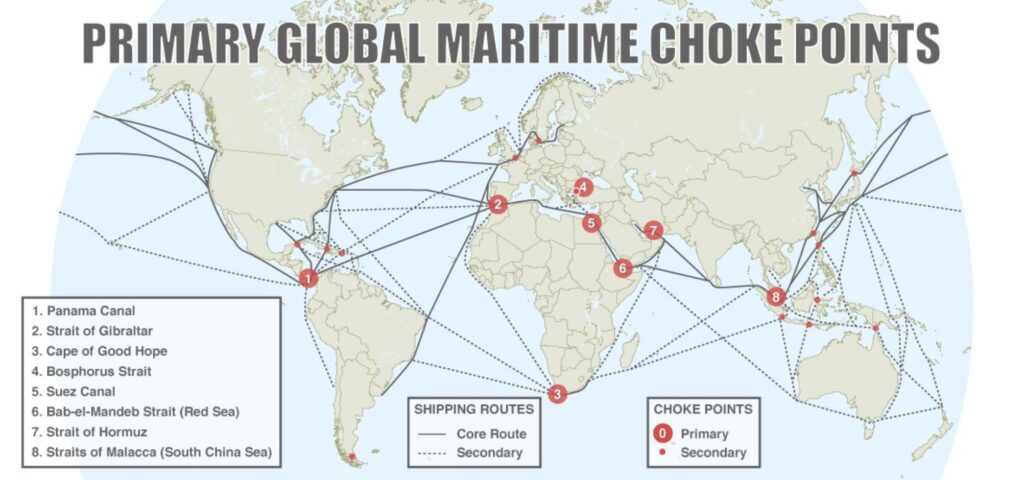Did you know: 95% of the world’s data and communications traffic is shared through undersea cables? Internet, banking, email, texting. Attacking something underwater may now be a thing (see Nord Stream) Pay attention to this.
From the Center for Strategic and International Studies (Colin Wall) – In October 2020, allied defense ministers received a confidential report on a pressing challenge that often receives less attention than it is due: the vulnerability of transatlantic undersea cables. Sometimes described as the “world’s information super-highways,” undersea cables carry over 95 percent of international data. In comparison with satellites, subsea cables provide high capacity, cost-effective, and reliable connections that are critical for our daily lives. There are approximately more than 400 active cables worldwide covering 1.3 million kilometers (half a million miles).
The Euro-Atlantic area is the oldest undersea cable route and carries traffic between the two biggest economic hubs with dozens of cables, the majority of which are between the United States, the United Kingdom, and France. Europe relies heavily on these cables as a majority of its data is stored in data centers located in the United States.

After the October meeting of allied defense ministers, and in the months since, Secretary General Jens Stoltenberg of the North Atlantic Treaty Organization (NATO) underscored the need for the alliance to monitor and protect this critical infrastructure. However, despite the proliferation of public statements underlining the importance of protecting them, collective action to enhance their security has so far been lacking. A number of measures could be taken by allies to effectively protect subsea cables harnessing the full potential of their bilateral cooperations, NATO, and the European Union, in close coordination with the private sector.
MARITIME CHOKE POINTS
A chokepoint refers to a point of natural congestion along two wider and important navigable passages. Maritime choke points are naturally narrow channels of shipping having high traffic because of their strategic locations.
Maritime chokepoints, or oil chokepoints, are congestive pathways in some of the world’s famous shipping routes. There are many such choke points around the world, however, a few of them are extremely famous for ships and thus face high international security conflicts and cross-border terrorism threats.

As maritime choke points are located at indispensable marine trade routes, in case of global security problems, avoiding these choke points has often been suggested as workable option. However since avoiding these maritime choke points of the world would contribute to a huge loss in the nature of oil freight shipping operations, majority of the oil shipping operations are still carried out by navigating through them.
Discover more from CAPE CHARLES MIRROR
Subscribe to get the latest posts sent to your email.
Leave a Reply